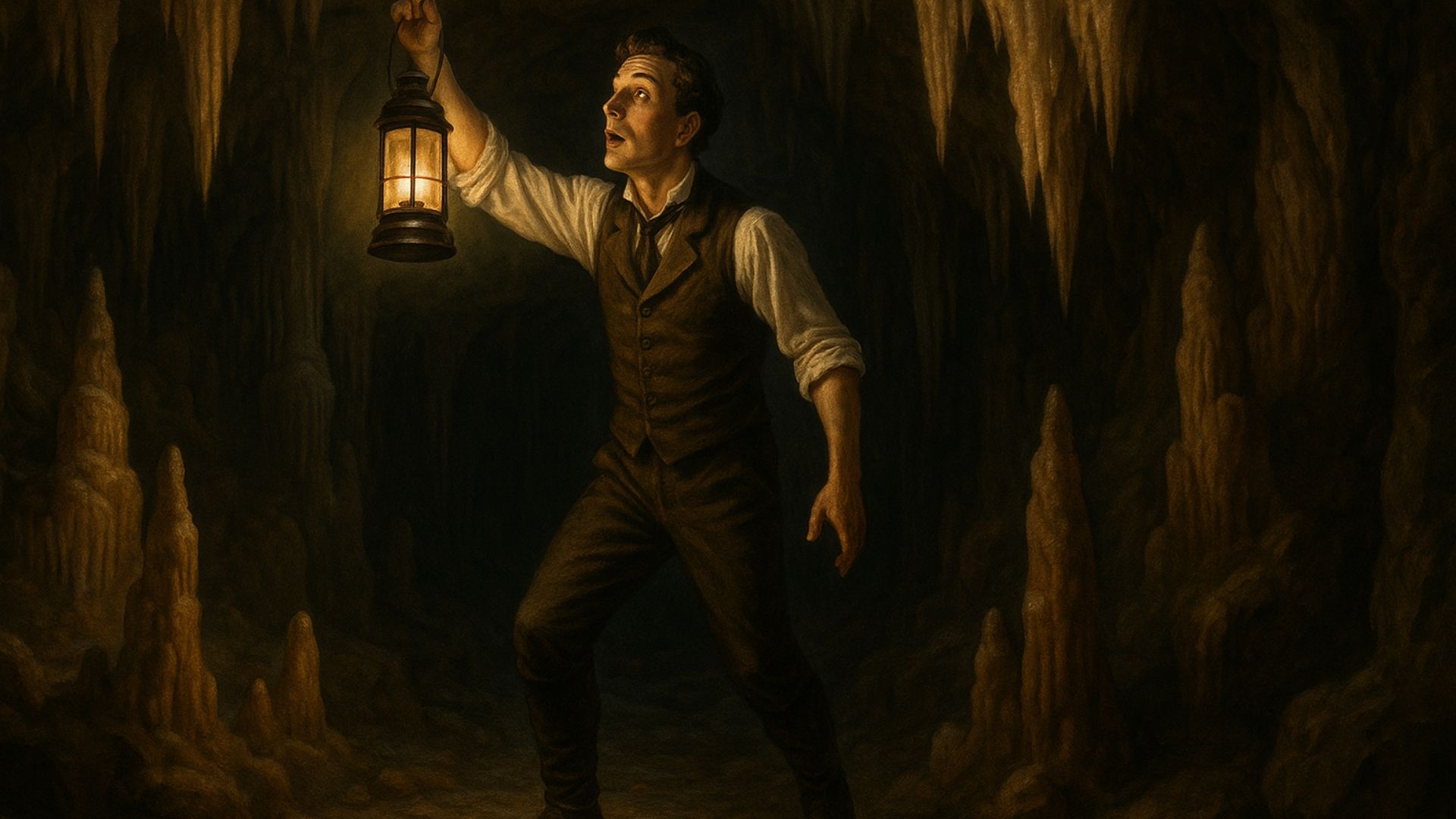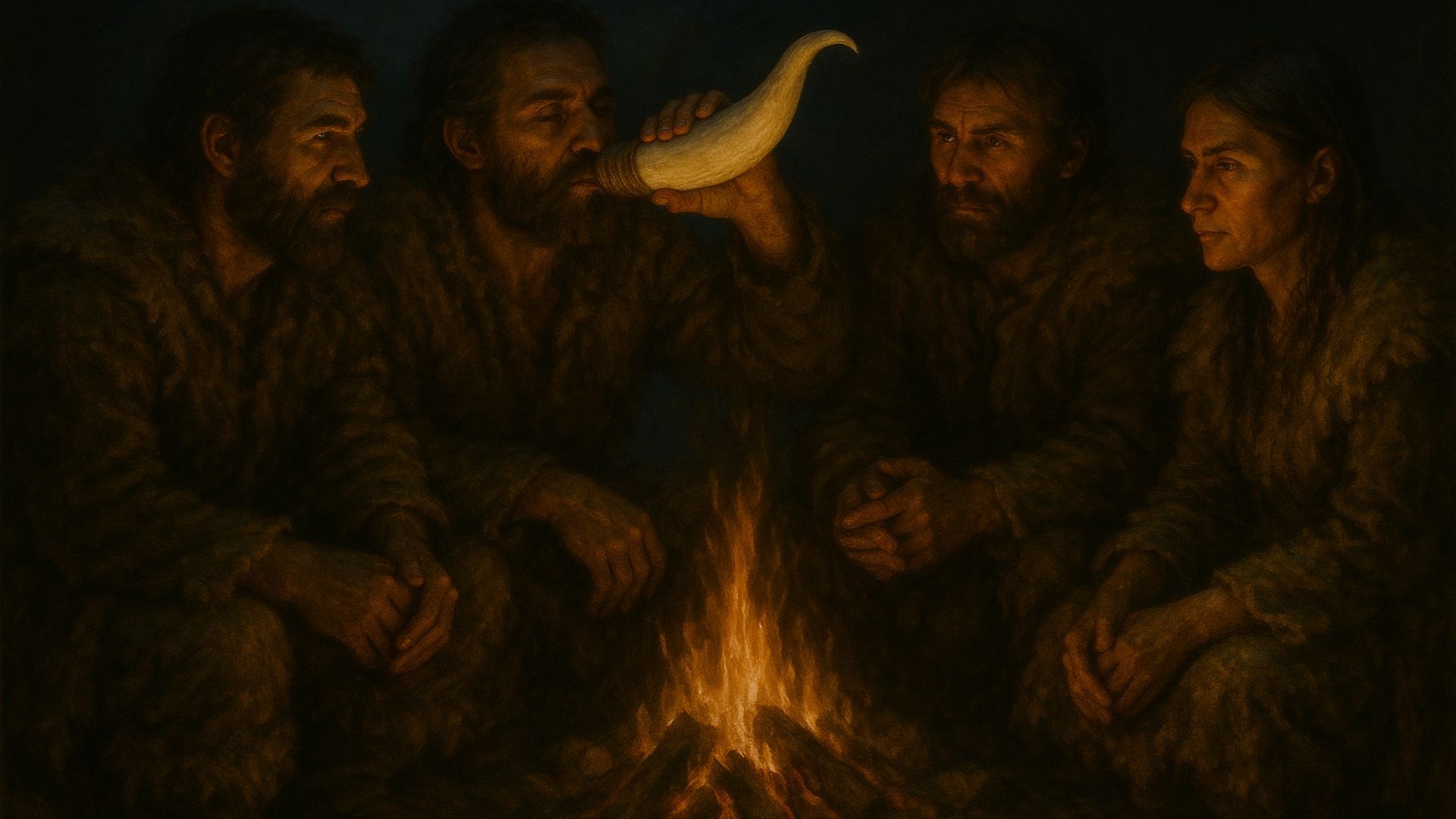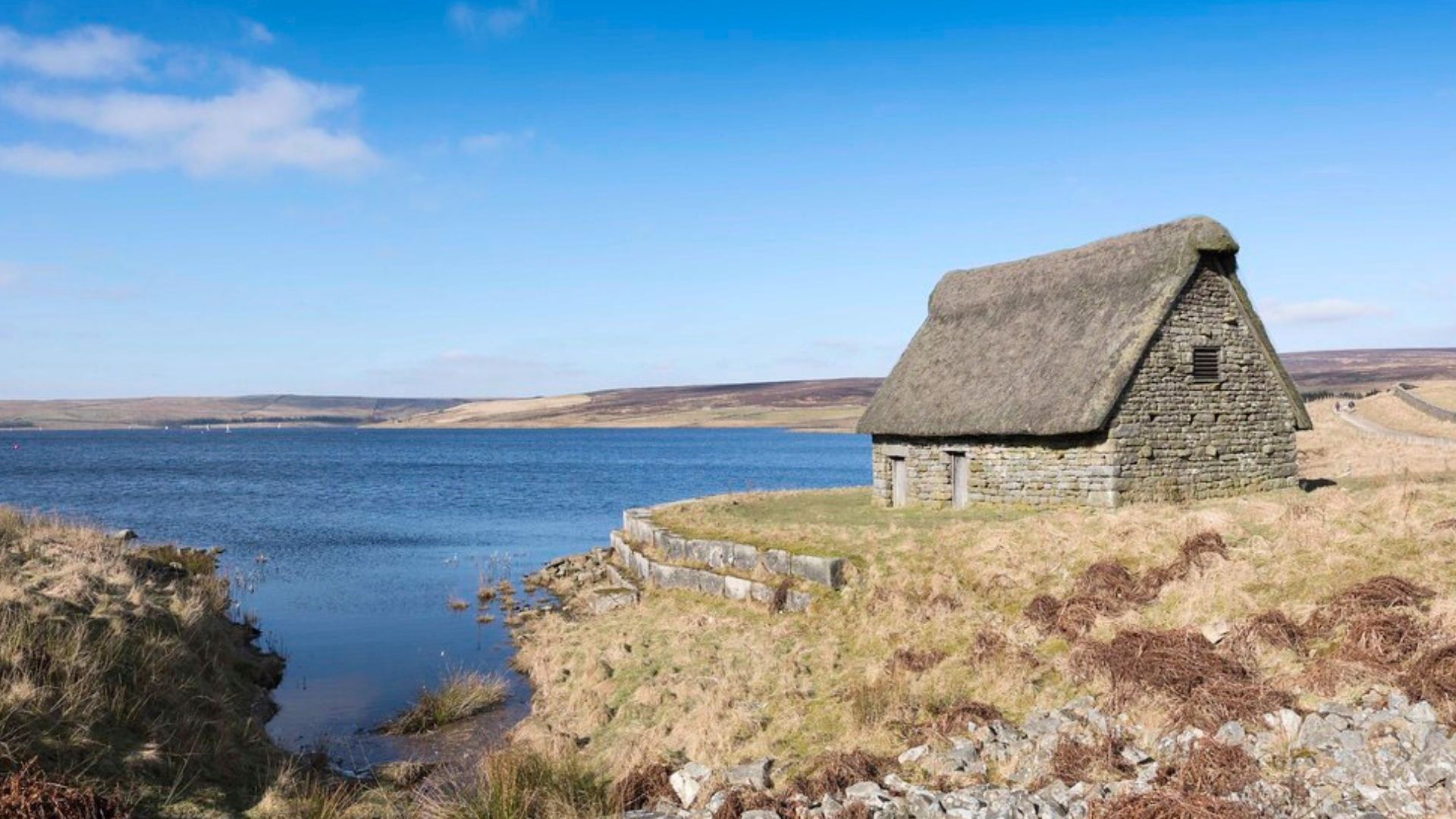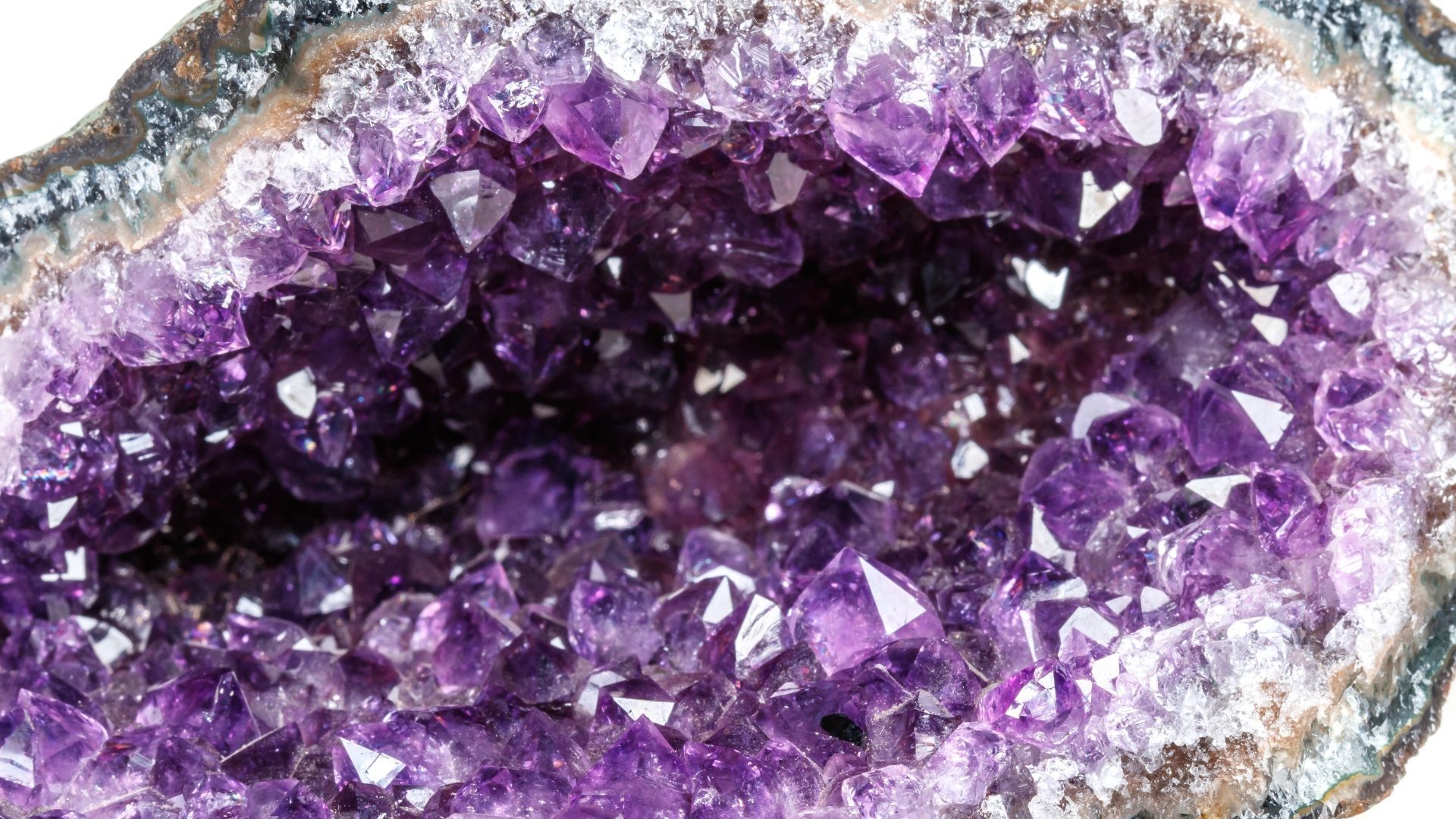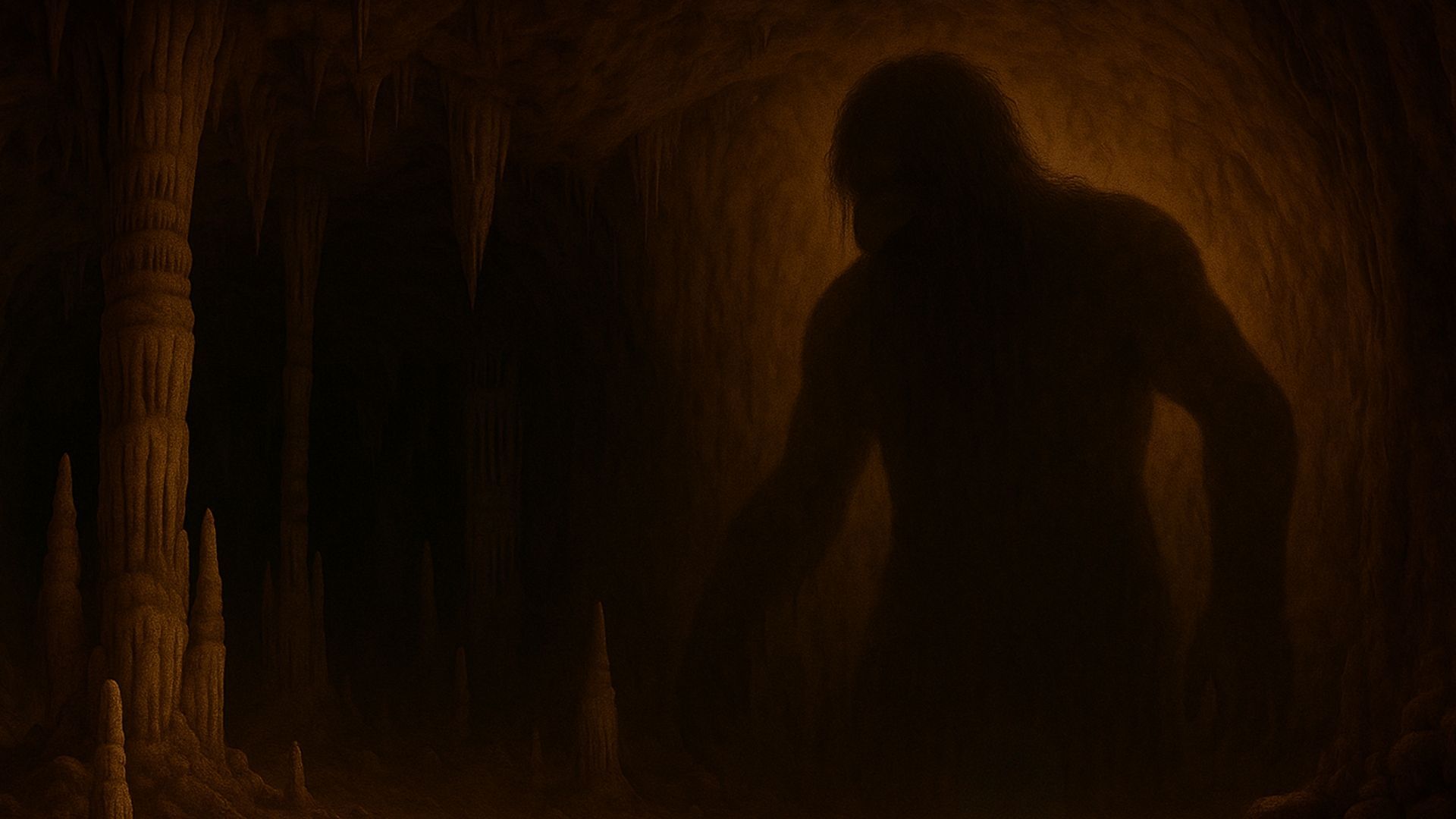In the Yorkshire Dales, there's an underground network of caverns. In 2021, cavers discovered a Stone Age flint tool there. Join us for a closer look…
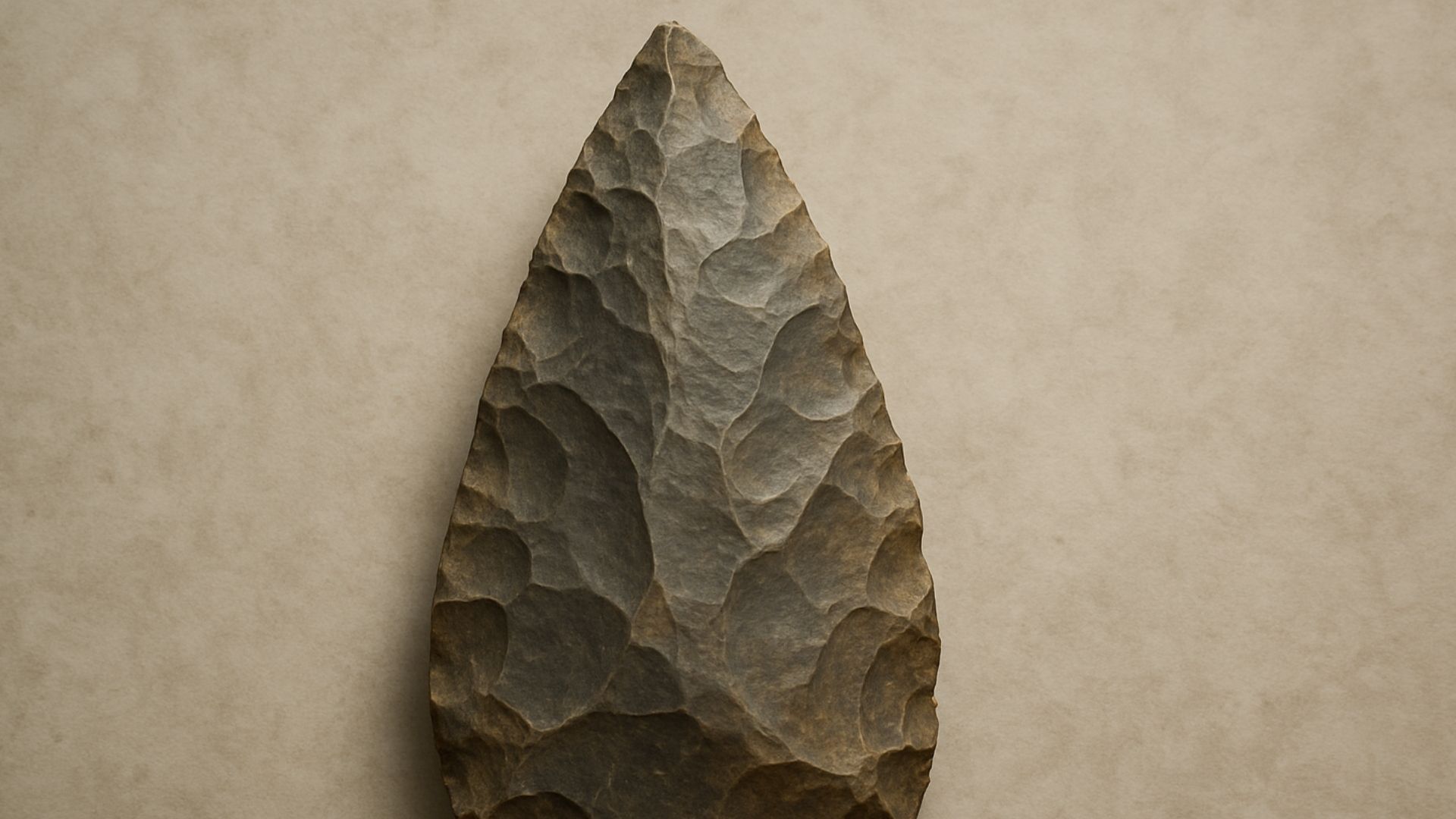
Stump Cross Caverns has been the site of several exciting archaeological finds. When local lead miners accidentally discovered the caves in 1860, they found four reindeer fossils and what looked like the skeleton of an unborn reindeer.
Then, in 1922, Stump Cross legend Christopher Long uncovered the prehistoric remains of reindeer and wolverines. You can still see the wolverine bones in the visitor centre.
But the most recent addition to our finds is a piece of flint. It might look unassuming, but it's another piece in the puzzle of what life was like in the Stone Age.
In the summer of 2021, members of the Craven Pothole Club were digging. They came across a piece of flint in the spoil, about 15 feet down.
We don't know exactly when it dates from – but it's likely to be the fragment of a tool used in the Creswellian era. That's somewhere between 13,000 and 11,800 BP ("before present time").
This era was followed by the Younger Dryas – the most recent ice age in the British Isles. During this period, there were times when Britain was uninhabited. Its survival gives us a glimpse into a lost world before the ice came.
What is flint?
Flint is a sedimentary rock that was essential to Stone Age life. It's not for nothing that the Flintstones are called what they are. Long, long before flint was used to make the firing mechanisms for guns, Stone Age people used it to make basic tools and to start fires. We're talking as far back as three million years ago.
Flint was formed from the sediment of tiny organisms on the sea floor. Over time, these marine remains were compressed into rock.
Flint is a smooth, waxy-looking stone that's usually found in chalks and limestones. It tends to be white on the outside and one of several colours within. Crack open a piece of flint and it could be dark grey, black, green, white or brown.
It's thanks to geologists and archaeologists that we know this and can trace flint's uses over millions of years. These days, this is done mainly by comparing the piece of flint to other examples from the same period. We know, for example, that arrowheads changed shape over time – so a new find can be compared to existing specimens.
Flint is easy to break and chip. Our Stone Age ancestors would have used rudimentary hammers made out of wood or antler to bash pieces of flint into shape. This process was known as "knapping".
Flint was an essential resource for Stone Age people. They would traverse long distances to get it. In the modern-day Midwest, you can still see the "Great Indian Quarry of Ohio" – an eight-mile seam of flint that the American Indians would mine and trade all across America.
Nowadays, flint is mainly used for making necklaces and other types of jewellery. It's not used to make sparks anymore, although we still refer to the mechanism in cigarette lighters as "flint".
What did Stone Age people use flint for?
Our ancestors used flint to make stone tools including axes, blades and knives. They also used it to make sparks to start fires with. Both processes were the same – they would strike the piece of flint with another hard object.
During the Stone Age, Britain looked very different from today – and not only because there were no cities. It was covered in thick, dark forests where animals lived.
Once Stone Age people had started to make arrowheads out of flint, they were able to hunt animals. As well as being a source of food, the hunted animals would provide skins for clothes and bags as well as bones for tools and jewellery.
Without a flint tool, our Creswellian hunter wouldn't have had much luck at hunting. He was mainly on the lookout for wild horses. But he also preyed on red deer, reindeer, woolly mammoths, bears, lynxes, foxes, wolves and aurochs (a type of cattle).
It's easy to forget just how long the Stone Age lasted – around 3.4 million years. It ended around 3300 BC when the Bronze Age began. This was a period in which cultures had begun to use bronze instead of stone to make tools.
How did they craft it?
Axeheads and arrowheads were made in a similar way. It's a bit like chiselling a breeze block – but instead of using a hand tool, you're using another stone.
Using the hammer stone, you shape the piece of flint to your desire. Flakes fly off as you hammer away.
If you're making an arrowhead, it's glued to a handle or "haft". Stone Age people would have used a mixture of pine resin, beeswax and charcoal – a kind of prehistoric Pritt Stick. For an axehead, you would slot the flint into a hole in the haft.
Stone Age people took pride in their work and would spend hours polishing the stone with (you guessed it) another stone.
This is tough work. One modern-day knapper estimates it would take 60 hours from the first flake to the final polished tool.
Though rudimentary, flint tools required craftsmanship. But the patience and skill required paid off. With their handmade tools, Stone Age people could hunt, chop, cut and start fires.
And though they didn't make jewellery out of flint, it was thanks to flint tools that they were able to glam up. They would craft their bling from the bones, teeth and tusks of the animals they hunted.
The flint tool found at Stump Cross isn't just a lump of rock. It's a window into our prehistoric past – just one of several finds. But don't take our word for it. Come visit and see for yourself!
Book now for a guided tour of the magical underworld at Stump Cross Caverns – or
check out our range of indoor activities in Yorkshire. We look forward to seeing you!


